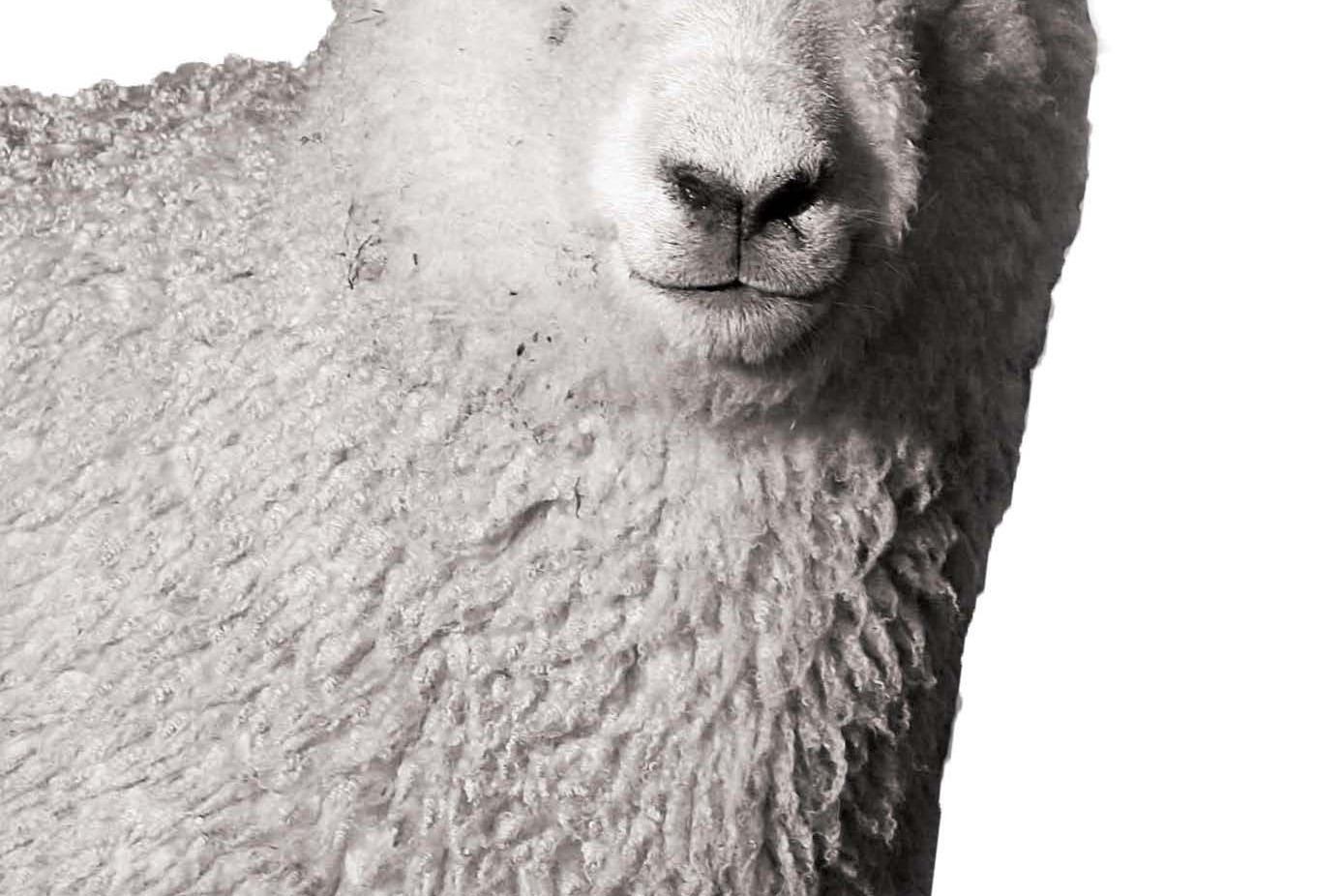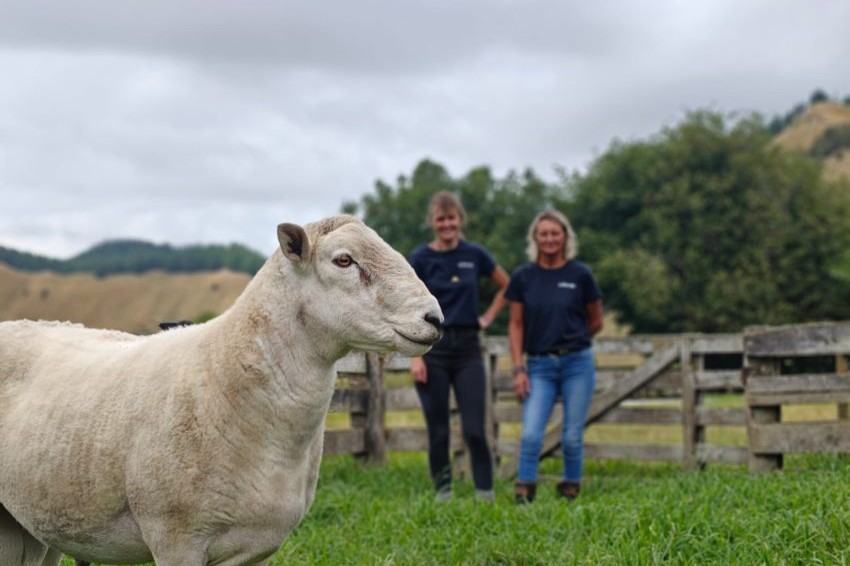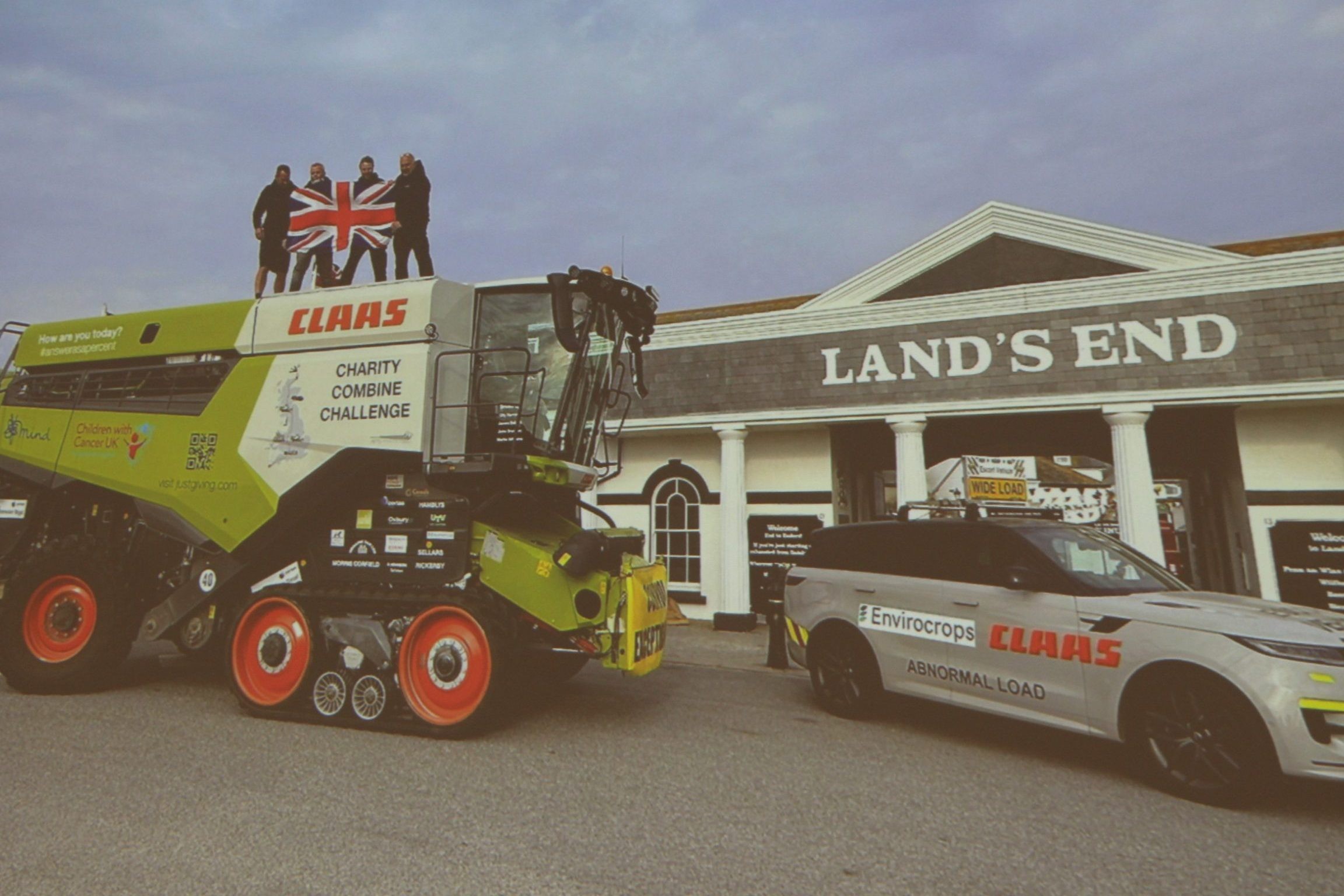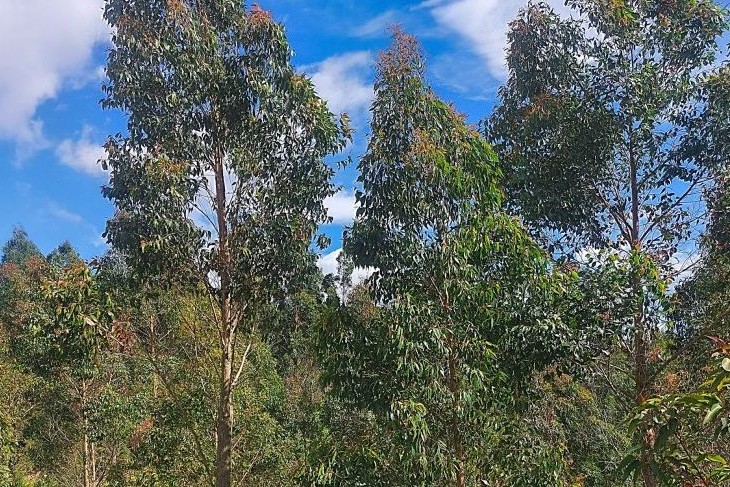Keeping an eye on the future
As an almighty scientist Nicola Dennis gets some family guidance on research possibilities.

As an almighty scientist Nicola Dennis gets some family guidance on research possibilities.
If you work in science and technology, it is the strict duty of your nearest and dearest to casually suggest impossible things for you to do.
“You could breed plants that sequester extra carbon,” advises a loved one, innocently unaware that they are detailing millions of dollars of research. “How about a cure for diabetes?” asks another as if this belongs under “buy cheese” on my ‘to do’ list.
Like a cat presenting a mangled rodent on the doormat, these inquiries can be horribly indignant unless you try to view yourself through their eyes. You are almighty, apparently, but still in need of some guidance.
It does look fun, though, being the ‘can’t you just’ kitty of the conversation. So, I took it upon myself to visit Iris Data Science and ask Greg Peyroux and Benoit Auvray how come we can’t buy facial recognition systems for our sheep yet.
Facial recognition, why do we want it?
If you can cast your mind back to pre-pandemic times, Iris Data Science was making news in October 2019 with their SheepNN project for facial recognition in our woolly friends. The NN in SheepNN stands for neural networks, which is a form of machine learning or artificial intelligence. Or in layman’s terms, teaching computers to teach themselves stuff.
The idea here was to leapfrog the expensive RFID tags that have yet to gain much traction on sheep farms and jump straight into a camera-based system. In comparison to punching a piece of plastic into a sheep’s ear, mounting a camera up in the yards is a low waste, low labour, high welfare, tamper/idiot proof way of identifying stock. Theoretically, this would be very low cost on a per-sheep basis once the equipment was installed.
When do we want it? Not right now
The good news here is Iris Data Science was able to get sheep facial recognition up and running in New Zealand. The clever computers were able to learn to accurately identify sheep as they were released from a weigh crate. If you don’t believe me, you can watch their videos on youtube.
Sheep are one of the more challenging animals to identify visually on account of their ever-changing fleeciness. So easier animals like cattle are also fair game for the computers (and their developers), although, NZ cattle and deer come equipped with electronic tags by regulation so there is little need to reinvent the wheel.
Other scientists working in the sheep biometrics space have published papers validating facial recognition in lambs as they grow and in different breeds (mitigating some of the race-based fails seen in human facial recognition development). However, most science papers I found for facial recognition in sheep were actually experiments of sheep recognising human faces. A very confusing corner of the internet, indeed.
The bad news is that the development of a commercial SheepNN product, after a fair run around the block, has stalled at the customer discovery stage. The business case for sheep identification is not quite there yet. Sure, monitoring individual sheep is cool and all, but can it add enough value to the business to open the average sheep farmer’s wallet? Not yet. We must wait for the technology to catch up.
There is a trade-off between the space-age-ness of the camera and how much you must control the environment. Plus, computers have an annoying addiction to electricity and internet access, particularly if you want them to do really grunty work like real time video processing. This kept SheepNN confined to the yards where sheep don’t tend to spend a lot of time.
So, we must wait for technology to become cheaper and more portable, to become faster at data processing and better connected to the internet out in the back of beyond. Because while a yard-based identification system doesn’t quite stack up yet, breaking out into the paddock, up on to a drone or into the cellphone in the back pocket could change the equation considerably for farmers and developers.
“And what is the magic sales number that would tempt you into developing a product?” I cheekily ask Greg and Benoit. The answer is how long is a piece of string or $5 million in annual revenue, whichever is greater. It’s not worth firing up the brains trust for something only 50 farmers want to use for five years. And that probably means you will have to think more globally lest you run out of NZ farmers in the customer base.
How to develop a product
After going through the development of another brainchild, OmniEye, the folks at Iris Data Science have a good idea of the work involved in bringing a tech product to market. OmniEye is a camera-based system that monitors dairy cows as they leave the milking shed – providing, as they say, an all-seeing ‘intelligent eye’ over a herd.
It learns each cow’s normal walking gait and sends an alert if this changes, meaning farmers can detect lameness earlier before it becomes an issue. With $5000 in upfront costs and a $10/ cow annual subscription, OmniEye is a favourable business proposition for dairy farms playing whack-a-mole with costly lameness problems. The team also have more products in the OmniEye stable in development, plus there’s potential to extend the technology into other markets such as beef feedlots overseas or the monitoring of animal health in transport or meat processing etc.
Greg and Benoit say people are always asking for apps where you point phone cameras at something (the grass, that sheep, that carcase) for a high-tech analysis. But, it’s usually not that simple.
Say you have that sure-fire $5 million idea. You need training data and to finance a couple of years of trial-and-error development. It is reassuring to hear the Iris Data Science crew describe NZ as a pretty grown-up place to find this kind of money. OmniEye started off self-funded before securing assistance from Callaghan Innovation and investors. The team has just been through a round of capital raising, the process of which would not sound out of place in Silicon Valley.
You also need patience because the potential applications for using artificial intelligence on farms are abundant, but the people writing the code are not. That being said, if you have an idea there is probably already someone somewhere who is working on it. Benoit says the Ag tech scene is a fairly friendly space to play. Agritech NZ or Callaghan or NZtech should be able to put you in touch with whichever bright Kiwi is already doing the homework on your dream technology. Keep all of this in mind before you demand that your 14-year-old nephew builds you an app.
Potential smart stuff for sheepies
So, we will probably have to hold our horses on the visual identification of sheep. But there are plenty of potential camera-based applications that aren’t playing to the “who are you?” theme song.
Cameras can count sheep without falling asleep. They could also be used to assess breed composition or conformation for breeding applications. There is a “Deep Sheep” project at the University of Otago which is inferring pedigrees by grouping sheep that look like each other.
Researchers in Australia are trialling cameras to monitor heart rate, breathing and skin temperature in sheep during live transport. These things are all reasonably mature, so provided there is a sound market, they are out there on the horizon.
Perhaps the most exciting thing, in these days of unending labour shortages, is the possibility of smart drafting. The Iris Data Science team have managed to get the computer to draft lambs based on the rattle markings sprayed on their backs. There is definitely potential to draft on the sex of the lamb or based on dagginess.
“What about assessing presentation scores for slaughter,” I say. “How about uddering in ewes?” asks Terry, the editor, when I regurgitate all this information to him. “What about training a bot to scout news websites for all the stories about dairy cows that show photos of beef cattle?” Oh no, the ‘‘can’t you just’’ kitties are multiplying!




